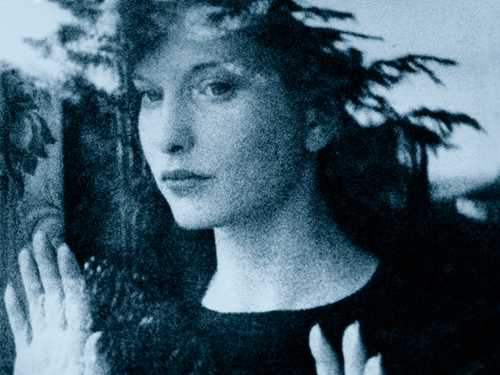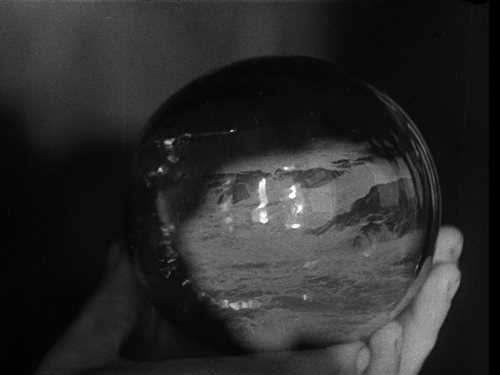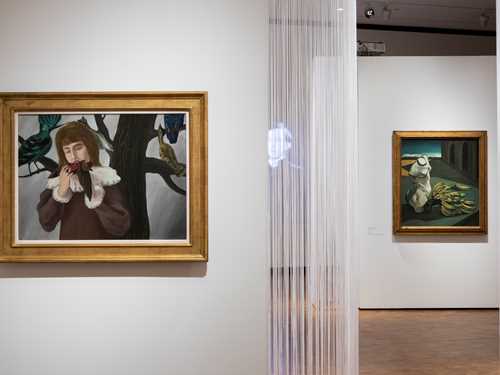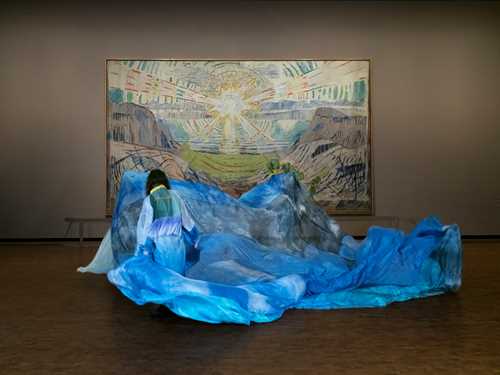Image above: © Man Ray Trust 2015 / BONO, Oslo 2022
Jean Painlevé: Crabes et crevettes (1929), 15 min., Sound, Black/white.
Man Ray: L’Étoile de mer / The Starfish (1928), 15 min., Silent, Black/white.
Maya Deren: The Private Life of a Cat (1947), 22 min., Silent, Black/white.
Georges Franju: Le sang des bêtes (1949), 22 min, Sound/subtitles, Black/white.
Introduction by Emil Leth Meilvang
This selection of films explores the animalistic theme in surrealism and the exploration of the non-human. The matinee is part of a film programme shown in three parts and made in connection with the exhibition The Savage Eye.
The surrealists were interested in the threshold at which the facade of civilisation collapsed to reveal instinctual, bestial desires – beyond political and moral control. This was expressed most directly expressedin images of animals, which became a motif for the movement. Several surrealists developed animal alter egos. Various mythological and biological creatures were used to illustrate the limits of humans’ self-proclaimed superiority, or what Sigmund Freud called ‘human narcissism’. Surrealism frequently depicted the essence of barbarism and irrationality that was innate in humanity –conveyed in everything from poetic praise of animals to aggressive representations of the violence and chaos of nature.
ABOUT THE FILM PROGRAMME
What possibilities does the filmic medium hold? This is exactly what the surrealist movement explores – in the process creating several new breakthroughs in the art of film. For the surrealists, this wasn’t just about making films, but also about thinking critically and philosophically. What are the possibilities of the moving image? Pioneering work in the interwar period led to surrealist film making its mark in the history of art. In his Surrealist Manifesto of 1924, surrealism’s founder André Breton exclaims: ‘The cinema? Three cheers for darkened rooms!’ Breton and his followers believed the darkened rooms of the cinema could contribute to dissolving everyday life as we know it. To collectively sink into the cinema seats, with the light of the screen on the audience’s faces, opened up the possibilty of a dreamlike state, the surrealists claimed. All rational and oppressive forces receded to the shadows, allowing desire and political utopias to emerge. Our film programme puts Breton’s claim to the test.
Over the course of three screenings, we will dive down into the world of the surrealists. The politics, desire, and possibilities are seen with new eyes.







